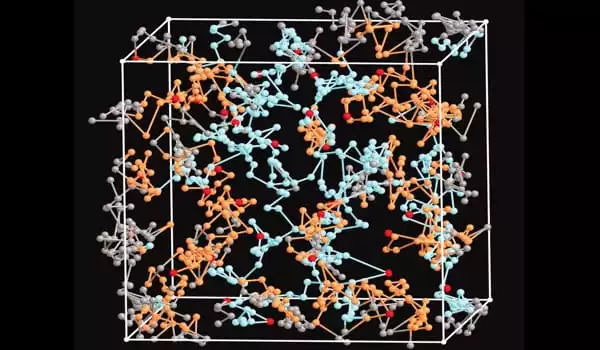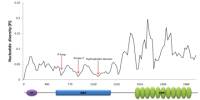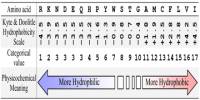A superfluid is a state of matter in which matter behaves as if it were fluid with no viscosity. The substance, which appears to be a normal liquid, flows past any surface without friction, allowing it to continue to circulate over obstructions and through pores in containers that hold it, subject only to its own inertia. Superfluidity was discovered in liquid helium for the first time. The key experiment was the investigation of flow through a thin capillary, and the key finding was that the fluid flows without friction. As a result, the term superfluid was coined.
Researchers at the Rochester Institute of Technology are participating in a new study that could help unlock the potential of superfluids, which are essentially frictionless special substances capable of unrestricted motion once initiated. In an article published in Physical Review Letters, a team of scientists led by Mishkat Bhattacharya, an associate professor at RIT’s School of Physics and Astronomy and Future Photon Initiative, proposed a new method for detecting superfluid motion.
Scientists have previously created superfluids in liquids, solids, and gases, and they hope that harnessing the properties of superfluids will lead to discoveries such as a room-temperature superconductor. According to Bhattacharya, such a discovery could revolutionize the electronics industry, where energy loss due to resistive heating of wires incurs significant costs.
Researchers are part of a new study that could help unlock the potential of superfluids, essentially frictionless special substances capable of unstopped motion once initiated.
One of the major issues with studying superfluids is that all available methods of measuring the delicate superfluid rotation halt the motion. Bhattacharya and his RIT postdoctoral researchers collaborated with scientists from Japan, Taiwan, and India to develop a new detection method that is minimally destructive, in situ, and real-time.
The new method was inspired by the techniques used to detect Einstein’s predicted gravitational waves, according to Bhattacharya. The basic concept is to direct laser light through a rotating superfluid. The resulting light would pick up a modulation at the frequency of superfluid rotation. Detecting this frequency in a light beam using existing technology revealed information about superfluid motion. The team overcame the challenge of ensuring that the laser beam did not disrupt the superflow by selecting a light wavelength that was not absorbed by the atoms.

A superfluid fluid is one that has a very low viscosity, a high thermal conductivity, a high capillarity, and so on. The only known example is liquid helium at near-absolute zero temperatures. It is fluid with the frictionless flow, very high heat conductivity, and other unusual physical properties, with helium being the only known example below 2.186 K.
“Our proposed method is the first to ensure minimally destructive measurement and is a thousand times more sensitive than any existing technique,” Bhattacharya explained. “This is a very exciting development because the combination of optics and atomic superflow promises entirely new sensing and information processing possibilities.”
Bhattacharya and colleagues also demonstrated that a light beam could actively manipulate supercurrents. They demonstrated, in particular, that light could induce quantum entanglement between two currents flowing in the same gas. This type of entanglement could be useful for storing and processing quantum data.
Superfluidity and superconductivity are inextricably linked. Superconductivity denotes the ability of electric current to flow without resistance. Many metals, including Al, Sn, and Nb, exhibit this phenomenon at low temperatures. It is caused by the resistance less motion of conduction electrons in a metal. As a result, superconductivity can be defined as the superfluidity of conduction electrons.
One of the most spectacular phenomena observed in degenerate gases of interacting bosons is superfluidity, or the ability of quantum fluid to flow without friction. It has been extensively studied in exciton-polariton condensates, particularly the peculiar properties resulting from their intrinsically non-equilibrium nature.
















